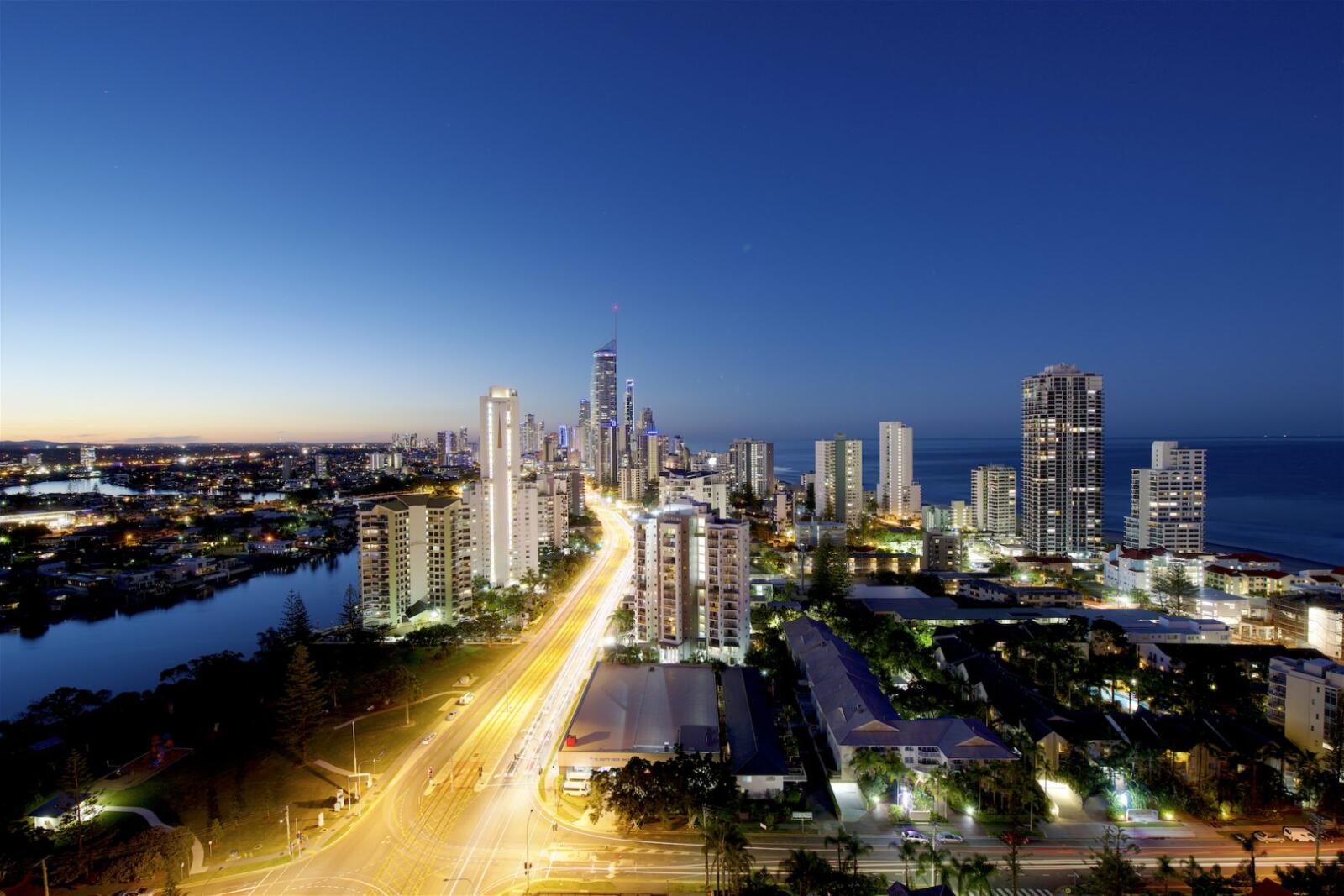Gold Coast Culture & History
Despite now being a modern tourist mecca and social and economic hub, the Gold Coast was once inhabited by indigenous people over 6000 years ago. Some of this ancient heritage is still present throughout the region and can be discovered through heritage walks. Burleigh Heads was home to the Kombumerri people while Mt Cougal and valleys of Springbrook was home to the Yugambeh people. The Nightcap National Park is also the base of the Bundjalung nation and is home to many sacred and traditional sites that continue to hold historic and cultural significance on the Gold Coast.

In the 1860s, white settlement reached the shores of the Gold Coast with cattle stations being established and the eventual transformation of dairy, sugar and cotton farms. Over the next century, timber milling grew out of the hinterland and farmers began to successfully produce crops of bananas and avocados. Soon the residents of Brisbane began to embrace the benefits of bathing and the sea and the iconic aspect of the Gold Coast lifestyle was founded.
During World War II, the Gold Coast was used as a base for Australian and US servicemen and the end of the war brought the first in a long line of major real estate booms to the Gold Coast. Australia's beach culture continued to evolve and with the range of natural wonders that existed in the hinterland, the Gold Coast continued to grow in popularity. By the late 50s and 60s, the Gold Coast's beach strip was rapidly developing and all along the coast, resorts, guesthouses and holiday homes sprang up, cementing the region as a major holiday destination.
Development significantly impacted the creation of the Gold Coast as we know it today and many of the region's original structures still exist including the earliest post office, the first high-rise, the bathing pavilions, farmhouses, original motels and the fish trap built by the aboriginal people.
